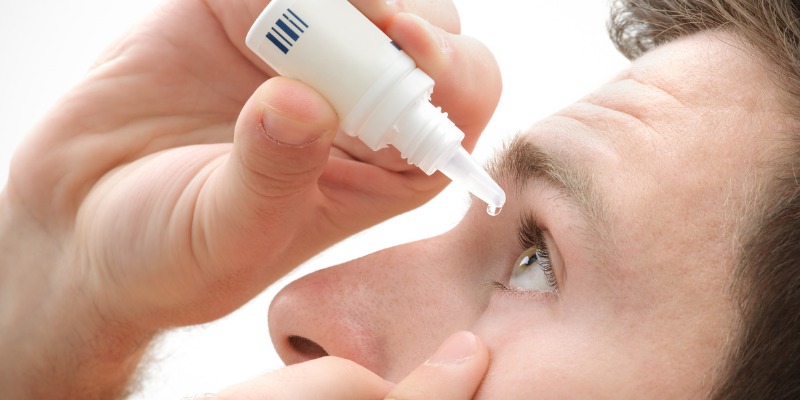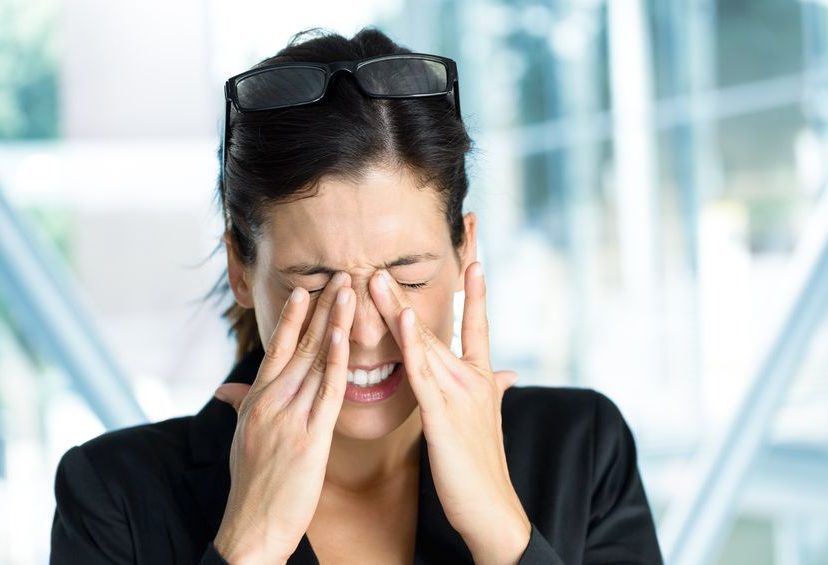By Laura M. Periman, MD
Follow her on Instagram and Twitter as DryEyeMaster. Www.dryeyemaster.com
Identifying Meibomian Gland Disease
Patients with dry eye disease might have comparable symptoms, but the similarities generally stop there. Why? Those symptoms’ sources are going to be different. As a doctor who specializes in treating patients with dry eye, I am always amazed that Mrs. Jones might have red, itchy eyes because she slept with her contact lenses in (never advisable), while her husband, with the same symptoms, needs relief because his meibomian glands are malfunctioning.
What is satisfying? When a reason, and treatment, for the symptoms, appear quickly and easily. In Mr. Jones’ case, careful examination may reveal that his meibomian glands are packed with unhealthy, gooey meibum, incapable of reaching the tiny holes that line the eyelids, top, and bottom, to bathe the surface of the eye. The meibum’s job is to keep the ocular surface moist and to prevent the tears from evaporating. If that doesn’t happen, itchy and red sets in. And sometimes puffiness – and even more symptoms.
When a thorough exam confirms that a patient has inadequate meibomian gland function, I look carefully for the six underlying, inter-related mechanisms that have gone haywire and require containment. I call these six by their acronym – the MGD “BEISTO”:
BEISTO for Meibomian Gland Disease
 B: Bugs & Bacteria. There could be Demodex mites and bacteria causing inflammation or blockage of the meibomian glands. Some ultra-high magnification images have shown Demodex organisms in the glands, effectively constipating them so the meibum cannot move. Also, the inflammation that Demodex creates can contribute to blockage of the glands. Trifecta.
B: Bugs & Bacteria. There could be Demodex mites and bacteria causing inflammation or blockage of the meibomian glands. Some ultra-high magnification images have shown Demodex organisms in the glands, effectively constipating them so the meibum cannot move. Also, the inflammation that Demodex creates can contribute to blockage of the glands. Trifecta.
E: Enzymes. Medications, inflammation and Omega 3 deficiency can prevent the normal biochemical production of a healthy, liquid meibum
I: Inflammation. This is often present even in patients without red eyes! A special test confirms the presence of inflammation
S: Stasis. Think of thick catsup in a bottle as the disease state and fluid olive oil as the healthy state
T: Temperature. Abnormal meibum melts at a higher temperature than normal meibum
O: Obstruction. Demodex isn’t the only culprit that can block the delicate meibomian gland openings. Obstruction can happen in concert with any or all of the above.
The Demodex Mites Triggers
But for right now, let’s discuss “bugs”. While Demodex is technically an eight-legged mite rather than a six-legged bug, Demodex definitely “bugs” patients. Of course, you are wondering how these creepy critters get on someone’s lashes in the first place.
- Poor Hygiene
- Rosacea
- Another connection is rosacea. Both MGD and rosacea sometimes respond to the antibiotics azithromycin and doxycycline (I rarely recommend these anymore). The link between ocular rosacea, facial rosacea and MGD is firmly established. As the scientific thinking goes, perhaps the pathogeneses — meaning how the diseases develop — are the same.
- Immune Issue
- Yet another reason: your weakened immune system. Let’s say you were taking steroids for whatever reason, and steroids, as you know, suppress the immune system: they declaw the lion of inflammation—temporarily. But the Demodex population may then flourish.
If you have contact with someone with Demodex, you could end up with a Demodex problem. Your immune reaction to the organism may be different than your close contacts.
- Yet another reason: your weakened immune system. Let’s say you were taking steroids for whatever reason, and steroids, as you know, suppress the immune system: they declaw the lion of inflammation—temporarily. But the Demodex population may then flourish.
- Age
- And another suspected association? Plain old atrophy: getting older. Yep, just add dry eye to graying hair, crow’s feet, and creaky knees.
Controlling Demodex Mites
Because these bugs can create unsightly damage — and worse, if lots of them congregate — controlling their numbers makes lots of sense. (Even if they aren’t the sole reason for your puffy, red, itchy eyes.)
The product I recommend to my patients is an over-the-counter product called Cliradex. I recommend it for a few reasons: it’s made by a company that understands the ocular surface. Cliradex has been shown in a small study, using a control, to kill Demodex in 40 minutes. (More on this in a future blog.)
And another reason is Bio-Tissue, maker of Cliradex, makes sure that its Cliradex patients are comfortable with the product and happy with it. Take a look at the Cliradex website and see for yourself.
Bio-Tissue has made Cliradex with the most important found in tea tree oil, known as terpinen-4-ol. Cliradex has two main ingredients: water and terpinen-4-ol. Terpinen-4-ol is the special molecule that is the Demodex slayer. The rest, including glycerin, comprise less than 1% of the product.
I can sense that half my readers have left to view their eyelashes in a mirror: Are the bugs there???
No, read on! They’re tooooo tiny to see without a microscope. You will need a diagnosis from a professional, your ophthalmologist or optometrist.
What Else To Do
And what if you still have symptoms? Then something else is probably still going on. Remember Mr. Jones and his packed meibomian glands? Turns out he had Demodex also so his treatment plan would include Cliradex.
Other initial recommendations would include an Omega-3 supplement that contains the right support and anti-inflammatory properties to help the glands produce more of the healthy oils necessary for the ocular surface. Your ophthalmologist can recommend a brand.
But the main thing is to go see an ophthalmologist or optometrist and get diagnosed. The free rides for Demodex and the BEISTO have to end.
Laura M. Periman, MD, the Dry Eye Master and an ocular surface disease expert, is Director of Dry Eye Services and Clinical Research at the Evergreen Eye Center in Seattle, WA. A sought-after speaker and lecturer on the topic of dry eye disease, Dr. Periman provides expert clinical evaluation and integrated management of Ocular Surface Disease using advanced diagnostics, therapeutics and interventions.




